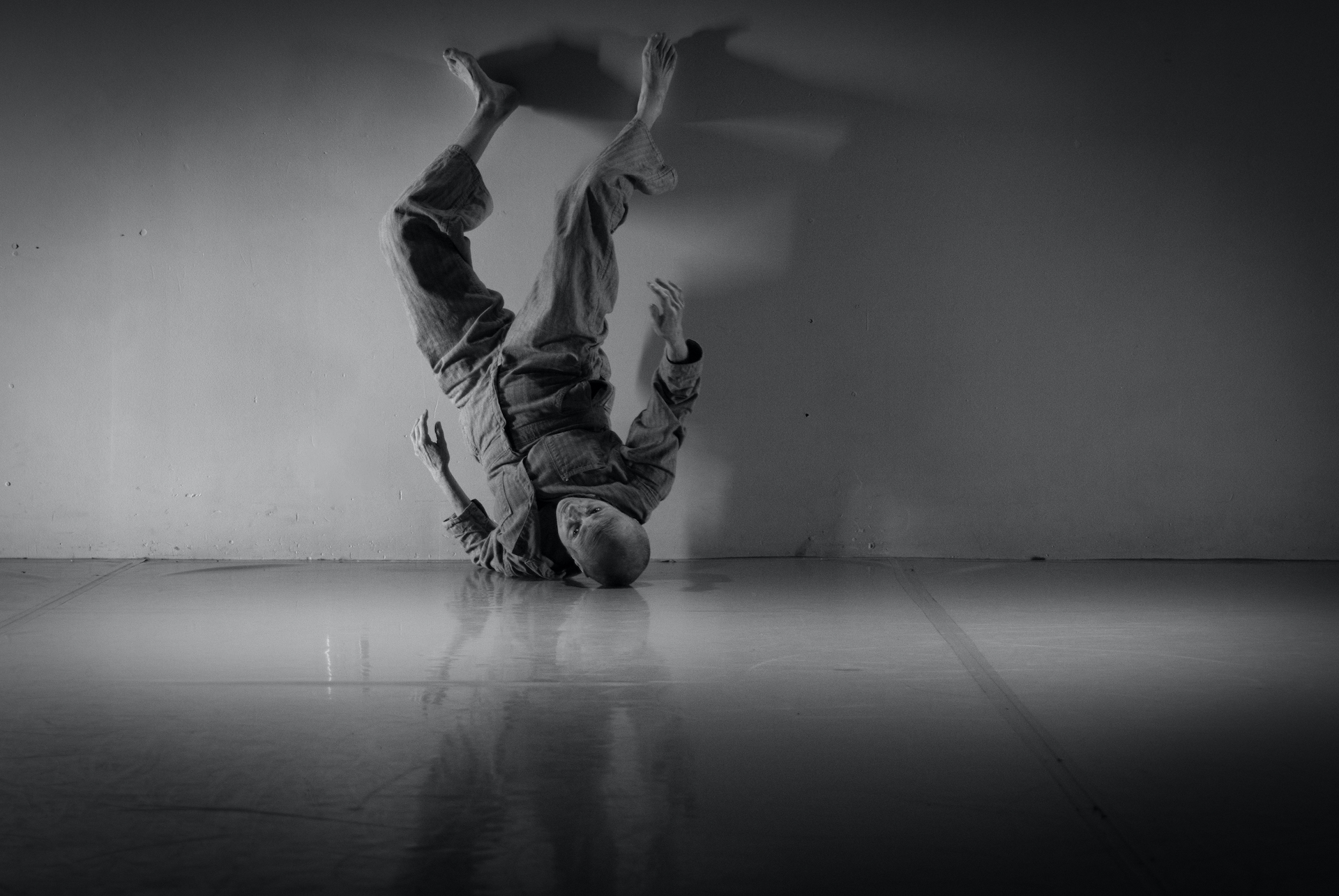I have spent my first week in Japan and it has been filled with new adventures — learning how to master the train system, dancing with Natsu Nakajima, visiting musems, Shinto shrines and buddhist temples. I am enjoying a great deal of “ma,” a Japanese word that means both space and time. What a pleasure to have the leisure to dance, walk, read, write, eat or sleep at my convenience. Thank you NC Arts Council for this luxury. I am learning to enjoy being lost or confused, to just wander and to not understand.
Natsu’s classes are most challenging. She studied with both founders of butoh, Kazuo Ohno and Tsatsumi Hijikata, so she has many ideas from both of them plus a great deal to offer from her own vast experience. She is 66 and struggles financially to survive in Tokyo as do most artists everywhere. Outside of Japan, in the butoh world, she is considered a master. I only hope that she will receive her due in her own country in time.
I visited Meiji Jingu, a Shinto shrine dedicated to the divine souls of Emperor Meiji and his consort Empress Shoken. Shinto is called Japan’s ancient original religion, and it is deeply rooted in the way of Japanese life. Shinto has no founder, no holy book, and not even the concept of religious conversion, but Shinto values, for example, harmony with nature and virtures such as “Magokoro,” a sincere heart. In Shinto, “Kami” (divine spirit) is found in all aspects of life — in mythology, in nature, and in human beings. The shrine is surrounded by a forest of 100,000 trees from Japan and the world all created through volunteer efforts by the people. It is an oasis of cool solitude in the center of sprawling, noisy, fast-paced Tokyo.

